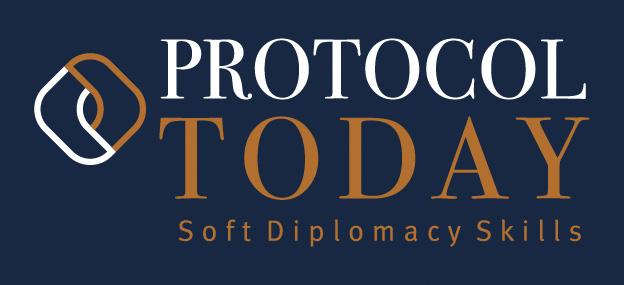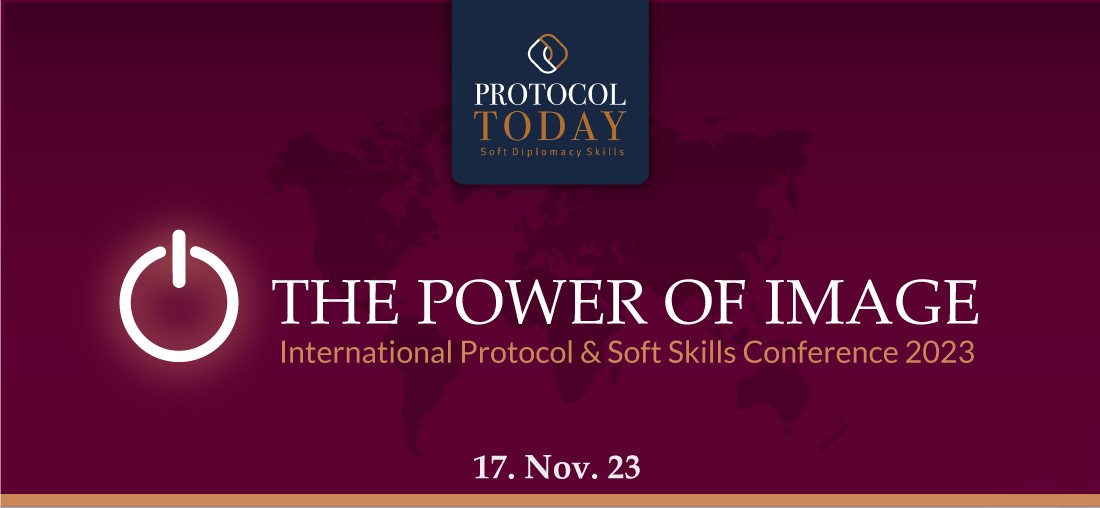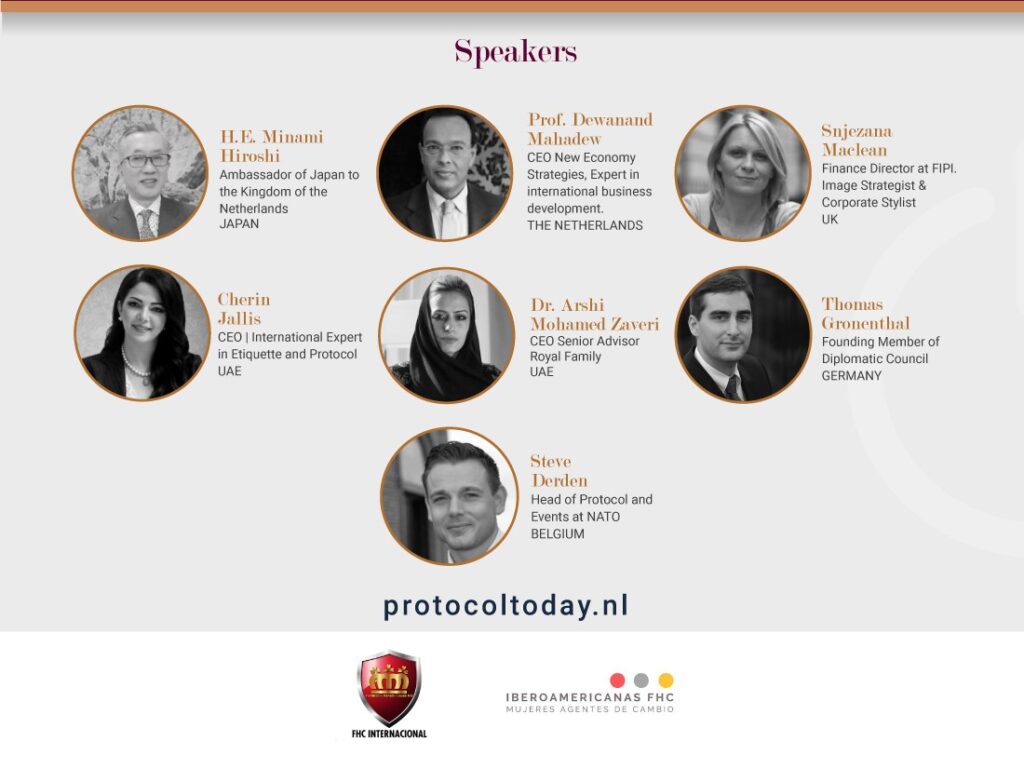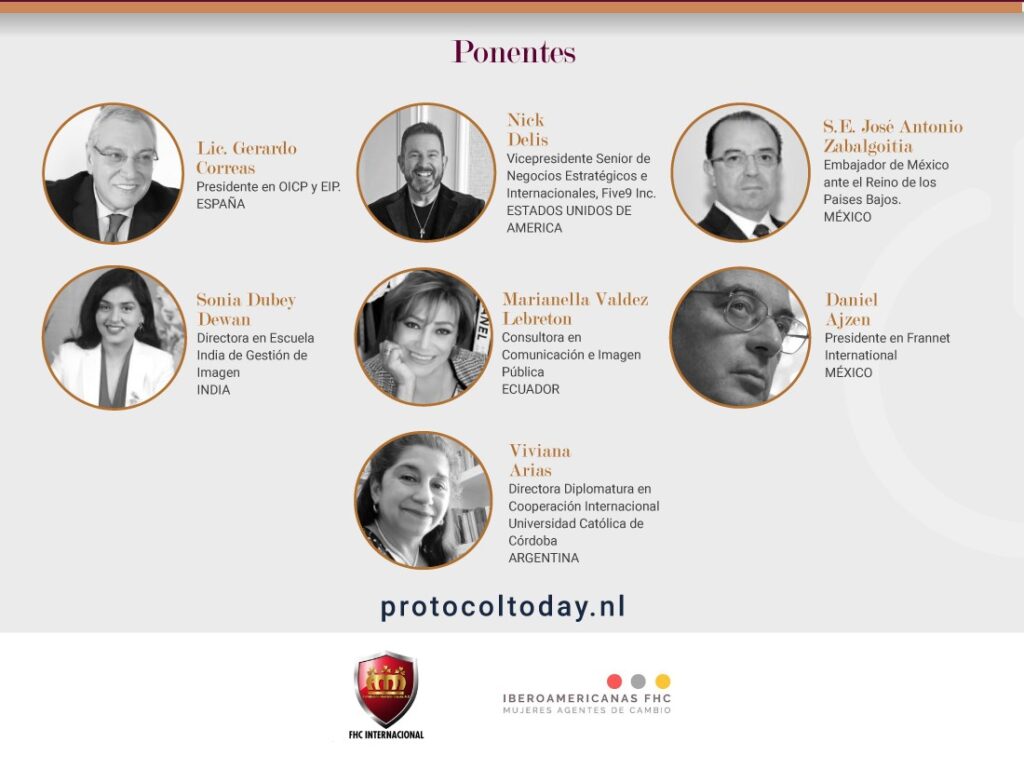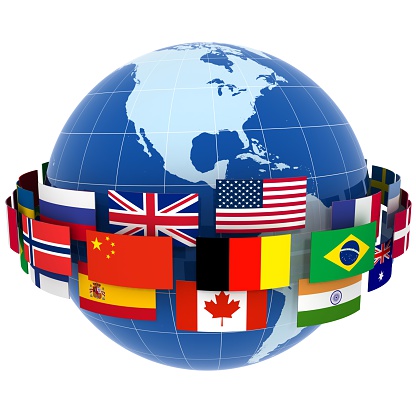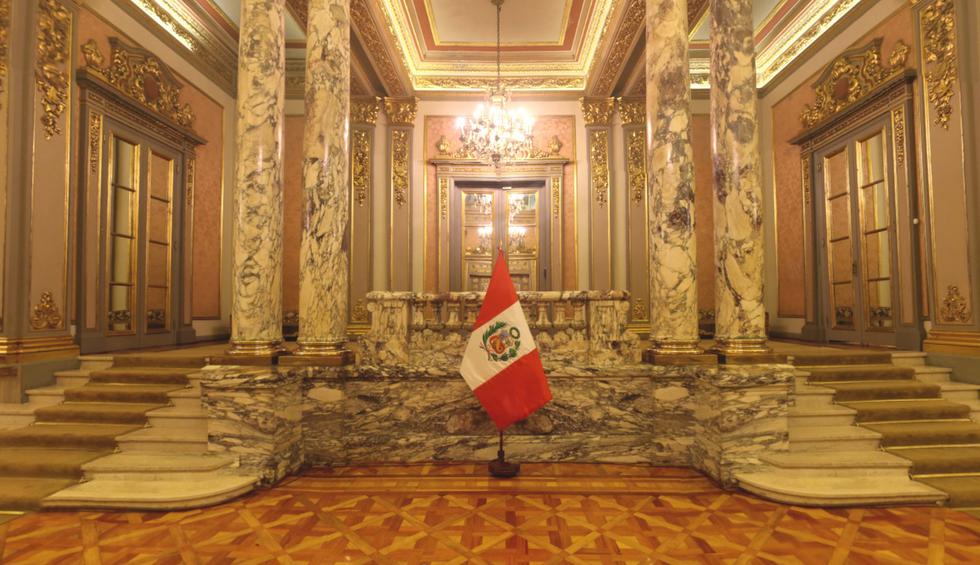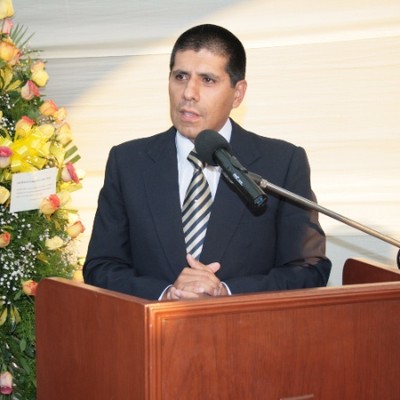It is common to hear diverse, confusing and distorted concepts. Some give different interpretations to a philosophy that has gradually evolved. In this regard, we can identify Individual Social Responsibility (ISR) and Corporate Social Responsibility (CSR). Each one has its undoubted peculiarities. Both contribute to cooperating in resolving the needs of a certain social context and are focused on the general interest.
We will start by describing the RSI. It refers to a person’s commitment through various tasks and decisions in favour of their community. It alludes to the “sense of belonging” and, therefore, to her involvement in providing her intervention in initiatives aimed at the “common good.”
Daily chores can make a difference and generate “socially responsible” behaviour. For example, complying with paying taxes, separating organic and inorganic waste, maintaining vehicles to reduce pollution, reducing the use of disposable containers or intentionally donating blood. Let us remember that all our actions have repercussions and generate impacts, in one way or another, in our society.
The exercise of RSI is related to civic maturity, especially citizen and democratic values. Learning to feel the environment as an integral part of our lives will make it possible to develop countless acts of helping others through non-governmental and charitable organizations. This implies leaving the “comfort zone” for a few moments and integrating ourselves into the space in which we interact to contribute to enhancing our existence, no matter how simple it may be.
Volunteer programs are a great option. They consist of activities of welfare, educational, cultural, sports or environmental conservation interest – carried out by men and women – outside of labour, civil servants or commercial agencies in which young people, professionals and older adults participate. These tasks strengthen self-esteem, encourage social skills, make it easier to adhere to our community and stimulate essential principles in human connection such as kindness, tolerance, and coexistence, among others of undeniable value in conceiving a population with bonds of brotherhood.
CSR expresses the organization’s vision, mission and values and highlights respect for employees, their families and the community. This perspective is independent of the products or services offered, the sector to which it belongs, its size, characteristics or nationality. It is an indicator of the spirit of providing value. No company is forced to become “socially responsible”; However, it is a moral mandate to insert it into your actions.
It demands generating financial dividends accompanied by legal and ethical obligations such as respecting the residents and establishing a healthy connection with its different audiences and at the levels at which it is articulated. It allows you to make your role compatible with the rings of your environment and is consistent with productivity, quality systems, transparency, cost reduction, obtaining benefits, and affecting the environment. Let’s discard the idea that CSR requires high costs and complexities.
Any entity, whether small, medium or large, can be “socially responsible” based on the decision of its highest authority, that is, the convictions of those who lead it. We avoid assuming it as ephemeral and humanitarian tasks in specific situations (Christmas celebrations, natural disasters or public collections). It must be reflected, transversally, in each of its functions permanently and sustainably, beyond philanthropic activities, which is not the only way to capture its execution. Committing to its varied audiences continuously is appropriate, but this is not always the case.
CSR is a component of corporate identity that will facilitate obtaining favourable results in two spheres: internal and external. First, it generates a good work environment, promotes training and incentive programs, encourages a loyalty process, encourages equal opportunities, institutes meritocracy systems, rejects discrimination, promotes virtuous business practices, complies with legal labour standards, possesses codes or manuals of ethics, etc.
In the second, it conceives an image of credibility and trust – in addition to its consumers – towards society with which it builds an empathetic, supportive reciprocity supported by optimal coexistence. At the same time, it is obtaining accreditations and recognition, attracting successful professionals, and nurturing a harmonious relationship with suppliers, authorities, and unions, among others.
Being “socially responsible” invariably entails leadership based on solid principles required to foster, encourage and restore in these lacerating moments in which – as an echo of a “global culture” – apathy, lack of solidarity and isolated feelings of togetherness prevail. We are all in a position to play a diligent role in our habitat, inspired by the purpose of collaborating on matters that require our commitment, commitment and dedication.
It is an imperative that we must undertake, citizens and corporations. Consequently, it is pertinent to evoke the transcendent and current words of the renowned American businessman, writer and engineer Jack Welch: “Social responsibility begins in a competitive and strong company. Only a business in good condition can improve and enrich the lives of people and their communities.”
ADVERTISE YOUR COMPANY INTERNATIONALLY IN OUR MAGAZINE GLOBAL MINDSET
ProtocolToday Magazine
Share this article

Written by Wilfredo Pérez
05 December 2023, Peru
Category: Business Protocol
Reference: WP051223BP

